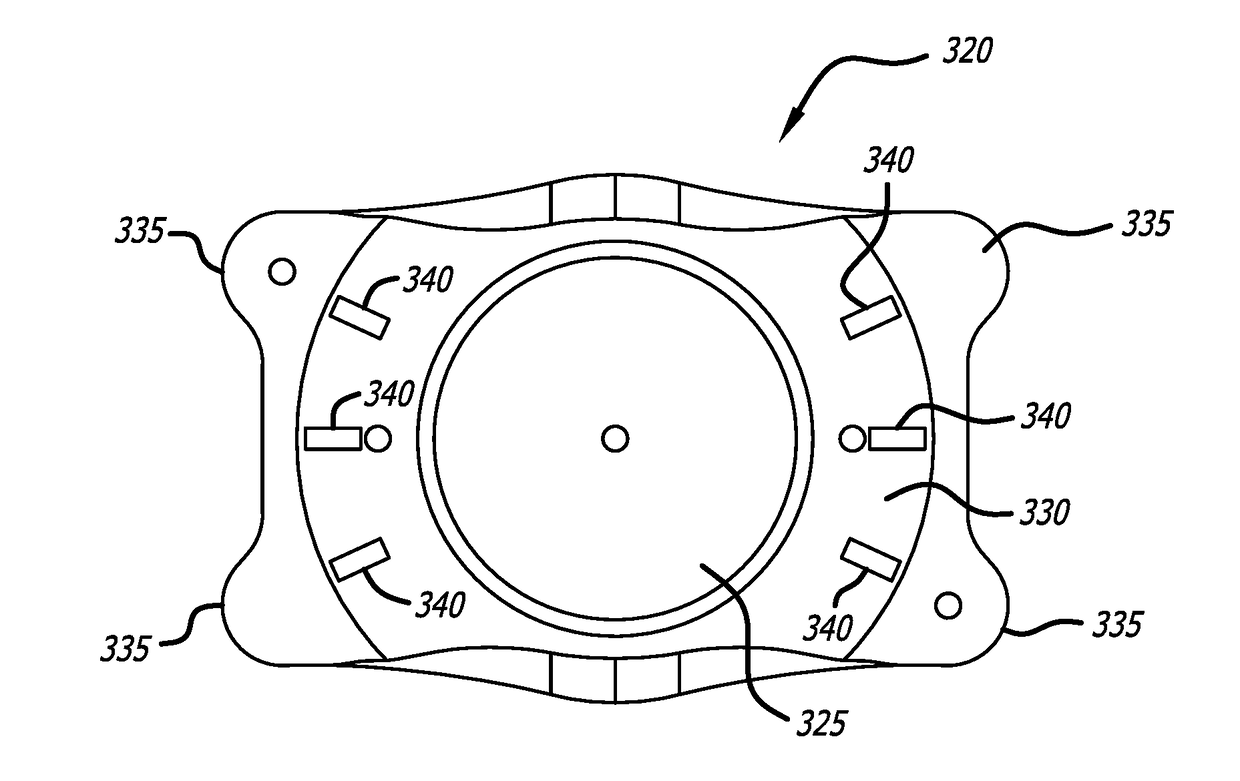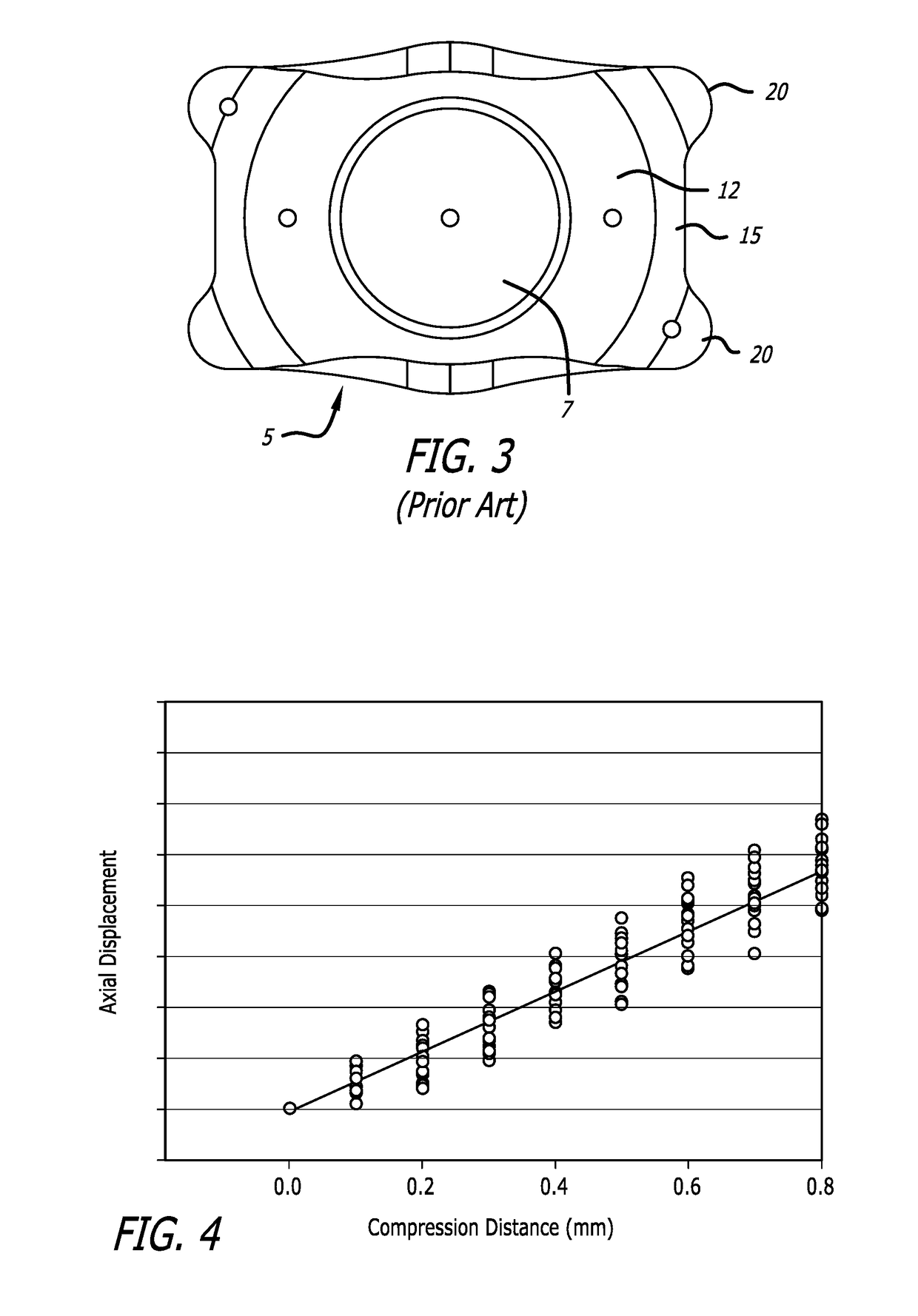Controlled axial displacement posterior chamber phakic intraocular lens
a phakic intraocular lens and control technology, applied in the field of visual deficiency treatment, can solve the problems of increased pressure in the anterior chamber of the eye, restricted horizontal force being applied to the footplates and haptics, so as to reduce the length of the pcpil, the effect of reducing the number of pcpil lengths
- Summary
- Abstract
- Description
- Claims
- Application Information
AI Technical Summary
Benefits of technology
Problems solved by technology
Method used
Image
Examples
Embodiment Construction
[0048]In the following description, numerous specific details are set forth in order to provide a thorough understanding of the present invention. It will be apparent, however, to one of ordinary skill in the art, that the present invention may be practiced without these specific details. In other instances, well known components or methods have not been described in detail but rather in a block diagram, or a schematic, in order to avoid unnecessarily obscuring the present invention. Further specific numeric references such as “first driver,” may be made. However, the specific numeric reference should not be interpreted as a literal sequential order but rather interpreted that the “first driver” is different than a “second driver.” Thus, the specific details set forth are merely exemplary. The specific details may be varied from and still be contemplated to be within the spirit and scope of the present invention.
[0049]This invention comprises multiple elements of a PCPIL haptic desi...
PUM
 Login to View More
Login to View More Abstract
Description
Claims
Application Information
 Login to View More
Login to View More - R&D
- Intellectual Property
- Life Sciences
- Materials
- Tech Scout
- Unparalleled Data Quality
- Higher Quality Content
- 60% Fewer Hallucinations
Browse by: Latest US Patents, China's latest patents, Technical Efficacy Thesaurus, Application Domain, Technology Topic, Popular Technical Reports.
© 2025 PatSnap. All rights reserved.Legal|Privacy policy|Modern Slavery Act Transparency Statement|Sitemap|About US| Contact US: help@patsnap.com



